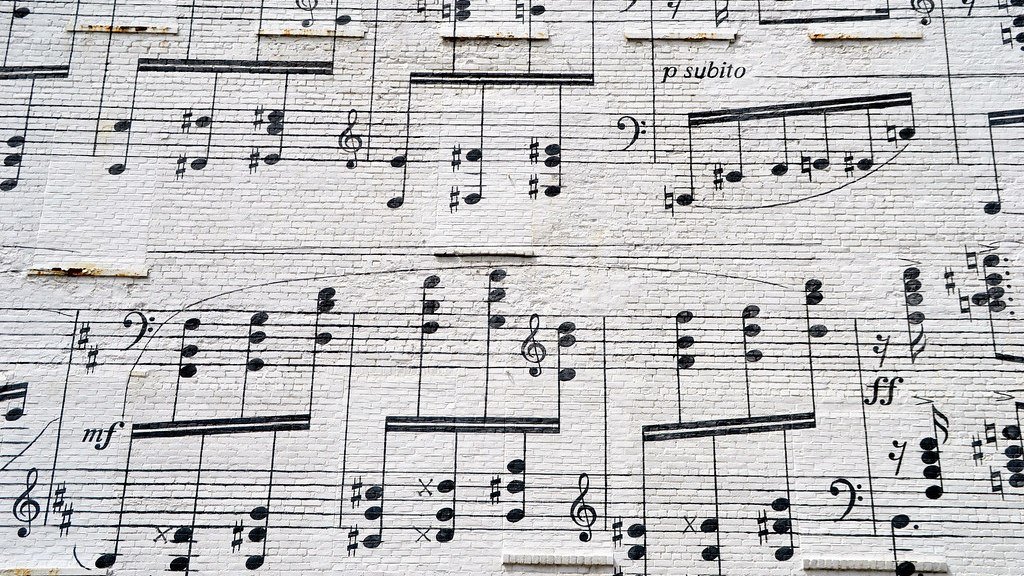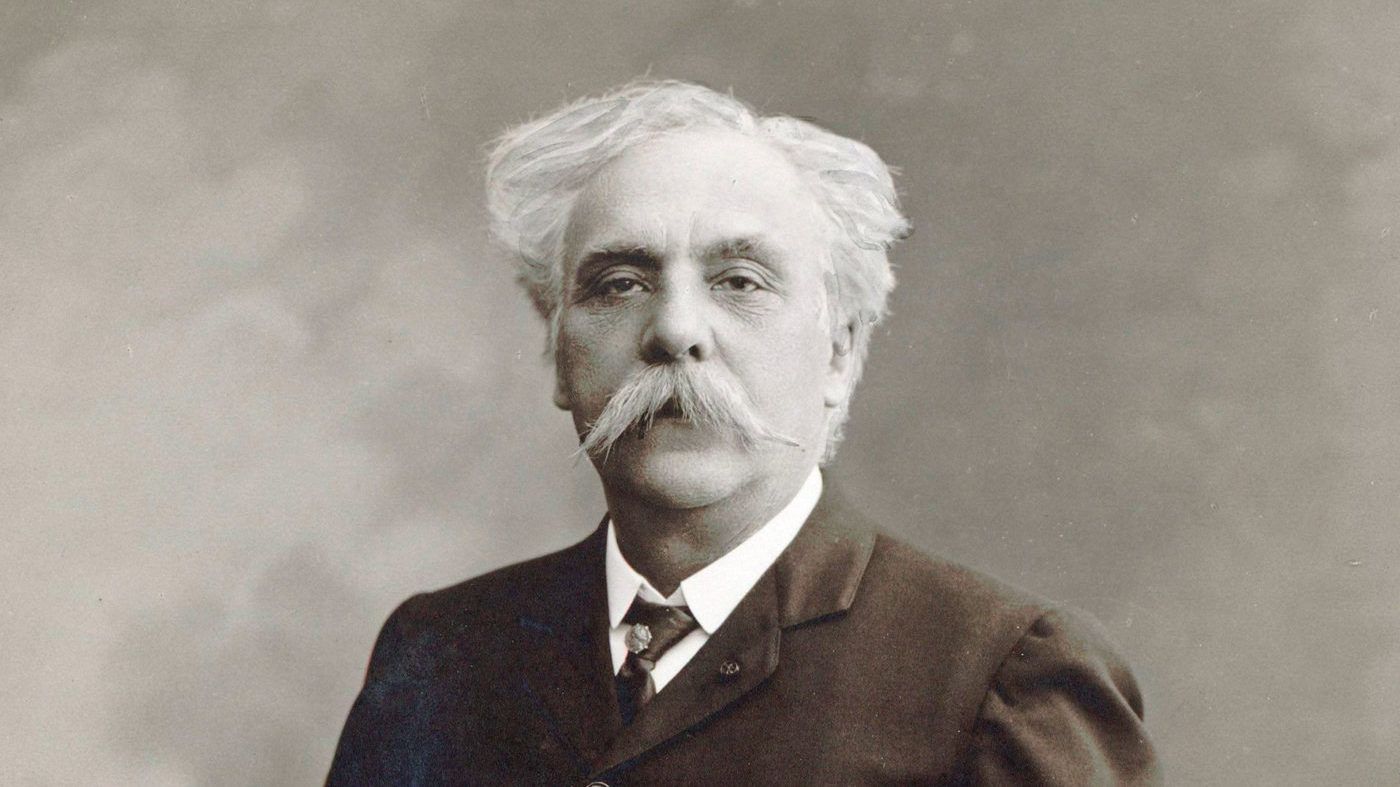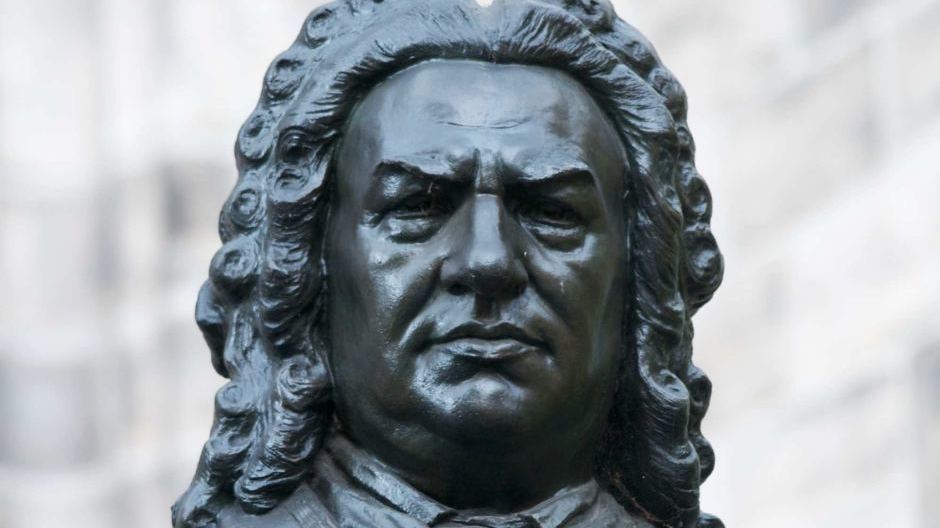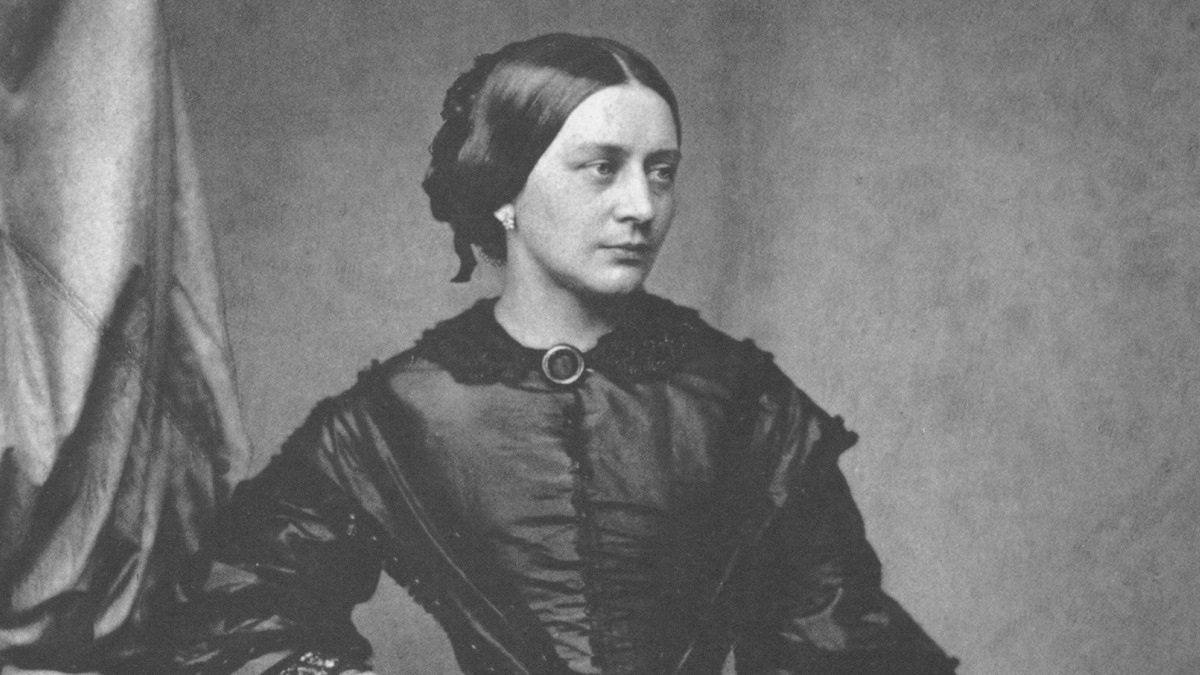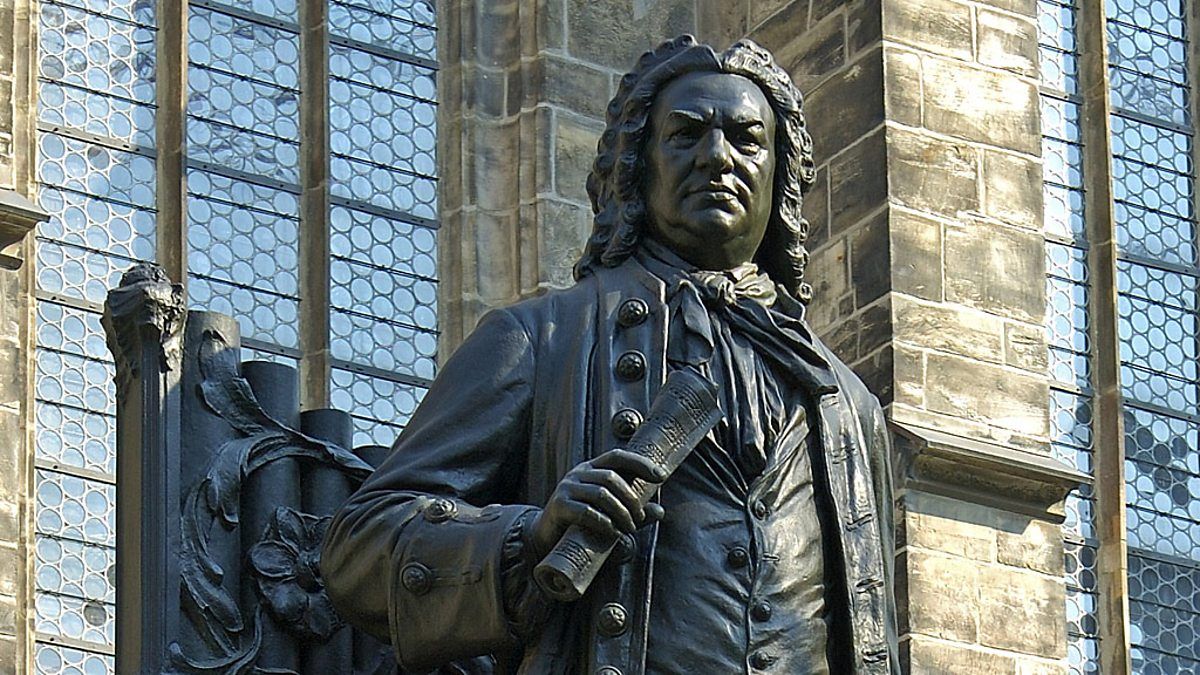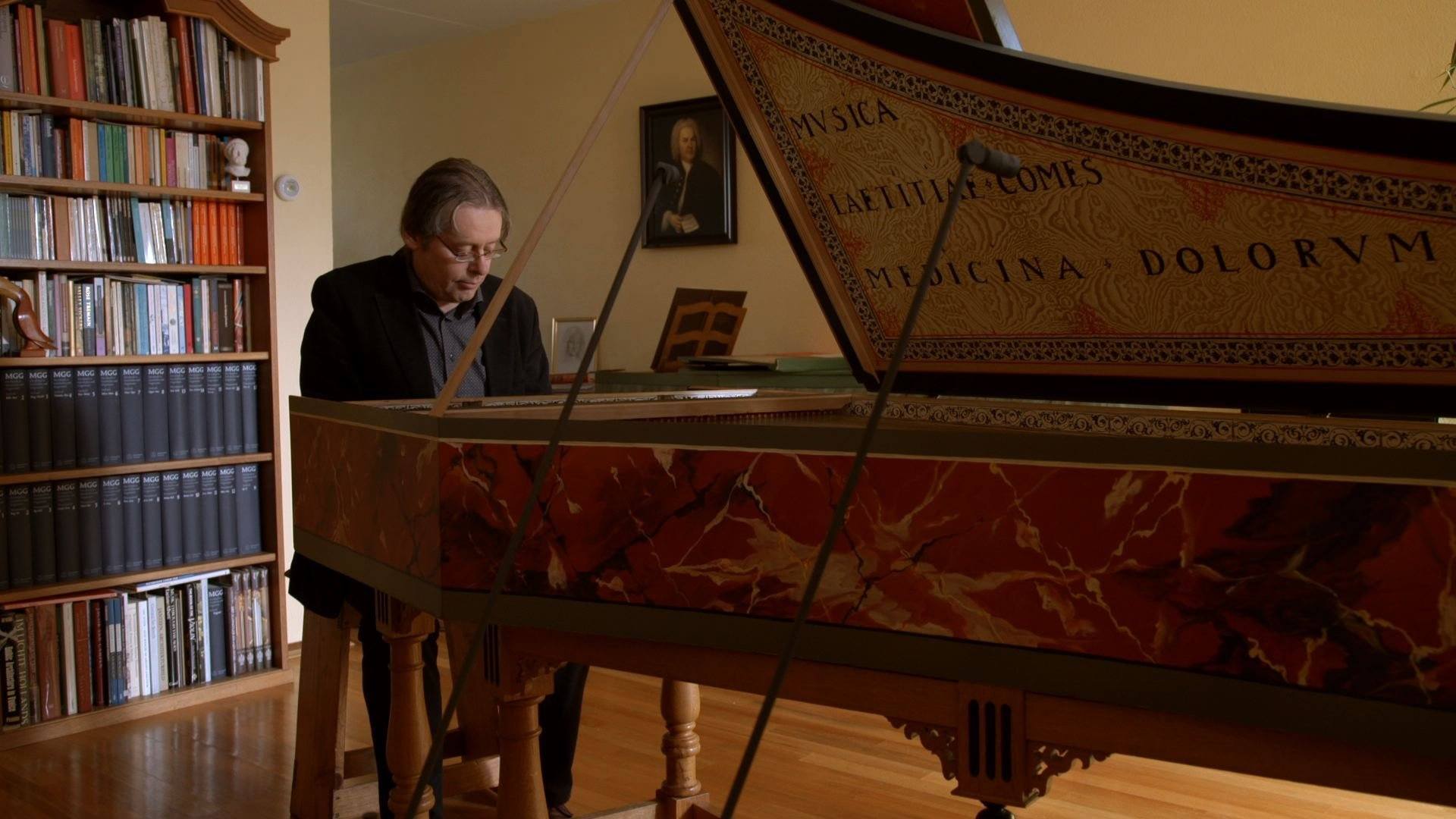Ravel’s “Gaspard de la Nuit”: Three Devilish Sonic Fantasies
Sometimes the notation of a musical score becomes a work of art in its own right. Such is the case with a vast mural painted in the early 1970s on the exposed brick wall of the Schmitt Music Company building in downtown Minneapolis (pictured above). The mural was created after Minneapolis Star columnist Barbara Flanagan called out the blank wall’s unsightliness. “You need to make that wall sing,” she wrote. The three-story-tall …

